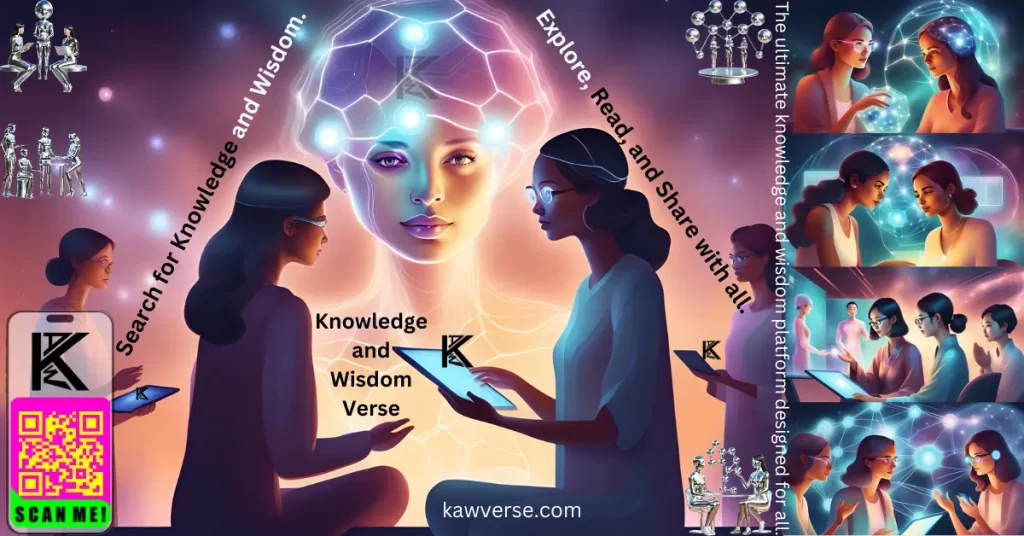The alphabet is the foundation of language, and each letter carries unique significance. Among them, the Letter J stands out as a dynamic character with diverse applications. Whether you’re a linguist, a student, or simply curious, this article dives deep into everything you need to know about J. From its origins and significance to practical applications and fun trivia, this guide ensures you walk away with a newfound appreciation for this remarkable letter.
Definition
The Letter J is the tenth letter in the modern English alphabet and the Latin script. It’s classified as a consonant but occasionally functions as a vowel in specific linguistic contexts. Examples of its use include:
- Consonant: Jump, Juice, Jack
- Vowel-like sound: Hallelujah
The letter’s phonetic pronunciation typically corresponds to the /dʒ/ sound, as in “judge,” or the /j/ sound, as in “yoga,” in some languages like German and Spanish.
Target Audience
This article is tailored for:
- Beginners: Students and learners exploring the basics of language and literacy.
- Intermediates: Educators, parents, and hobbyists interested in linguistic insights.
- Experts: Linguists and professionals researching phonetics, etymology, or orthography.
No matter your level of expertise, you’ll find actionable insights and valuable information.
Applications and Real-World Use Cases
The Letter J is more than just a character; it plays a vital role in multiple domains:
1. Linguistics
- Represents specific phonemes across languages, such as the /ʒ/ sound in French (“Jacques”).
- Vital in the Romanization of languages like Arabic and Hebrew (e.g., “Jihad” or “Jerusalem”).
2. Science and Mathematics
- Used as a variable in physics (e.g., the moment of inertia) and engineering.
- Denotes the imaginary unit (√-1) in mathematics.
3. Technology
- Popular in programming languages and frameworks like Java, jQuery, and JSON.
- Integral to abbreviations and acronyms, e.g., JPEG (Joint Photographic Experts Group).
4. Pop Culture and Branding
- Found in iconic brand names (e.g., Jeep, Jaguar).
- Central to music, with genres like Jazz deriving their identity from the letter.
Relevance and Importance
Why does the Letter J matter today? Here are key reasons:
- Cultural Influence: It’s central to names and terminologies across cultures, from “Jesus” in Christianity to “J’accuse” in French literature.
- Communication: Enhances language clarity and expression through unique sounds and structures.
- Technology Integration: As a staple in coding and digital frameworks, it’s indispensable in modern innovation.
- Education: A fundamental building block for literacy and language acquisition.
Types and Subtopics
Exploring the Letter J reveals fascinating variations and trends:
1. Historical Evolution
- Originated as a variant of the letter I in the Roman alphabet.
- First appeared distinctly in the Middle Ages to represent consonantal sounds.
2. Phonetic Variations
- English: /dʒ/ as in “Jam.”
- Spanish: /x/ as in “Javier.”
- French: /ʒ/ as in “Je.”
3. Modern Usage
- Common in abbreviations and slang, e.g., “JK” (just kidding).
- Frequently used in marketing for its catchy and memorable sound.
Benefits of Reading This Article
By exploring this article, readers will:
- Gain a clear understanding of the Letter J and its applications.
- Discover its cultural, linguistic, and technological relevance.
- Learn practical examples and historical insights.
- Enhance knowledge for academic or professional pursuits.
Key Takeaways
- The Letter J is a versatile and globally significant character.
- Its applications span linguistics, science, technology, and culture.
- Understanding its history and usage enriches communication and learning.
FAQs
1. What are the origins of the Letter J?
The Letter J evolved from the letter I in the Roman alphabet, gaining its distinct identity in the Middle Ages.
2. Why is J pronounced differently in various languages?
Phonetic differences arise from linguistic evolution and regional pronunciations.
3. How is J used in mathematics?
It represents the imaginary unit (√-1) in complex numbers.
4. What are some famous words starting with J?
Examples include Joy, Justice, Journey, and Jazz.
5. How can I teach children about the Letter J?
Incorporate engaging activities like storytelling, phonics exercises, and visual aids to make learning fun and effective.
Next Steps and Future Directions
To delve deeper into the world of letters and linguistics:
- Explore the history of the alphabet and its global variations.
- Experiment with using the Letter J creatively in writing and design.
- Stay updated on linguistic trends and emerging phonetic patterns.
Future Opportunities
The increasing digitization of languages opens new avenues for studying and applying the Letter J in computational linguistics, AI, and global communication tools.
Conclusion
The Letter J is far more than a simple character. Its rich history, diverse applications, and global importance make it a cornerstone of communication, culture, and technology. By understanding its nuances, we can appreciate the profound impact even a single letter can have on our lives.


Leave a Reply
You must be logged in to post a comment.